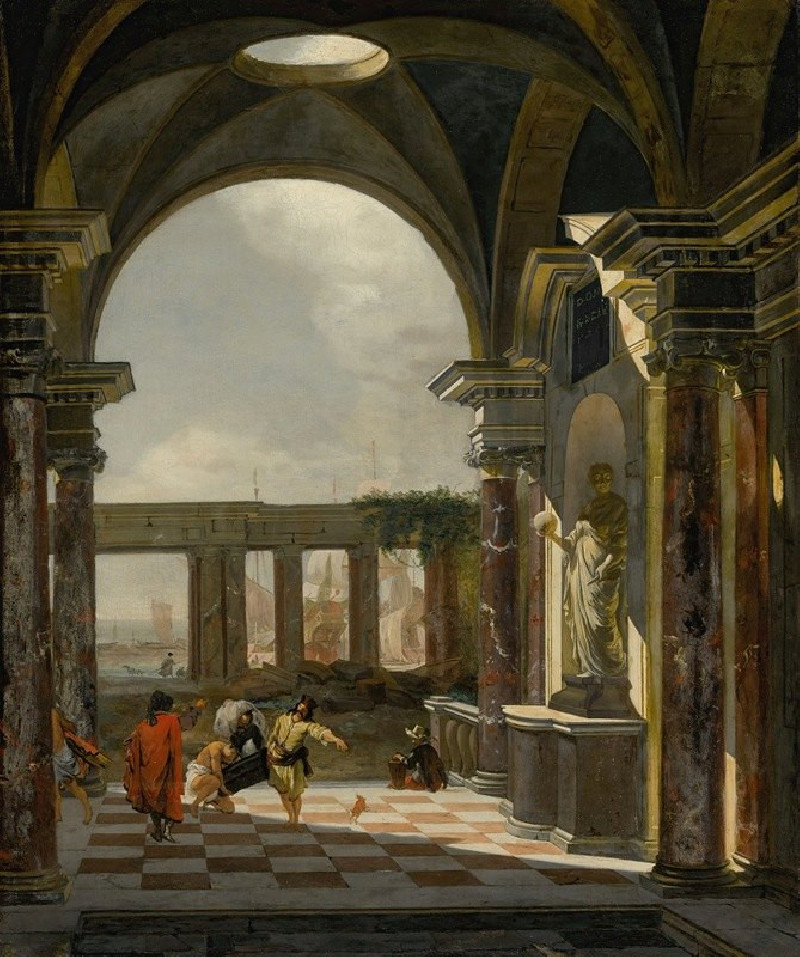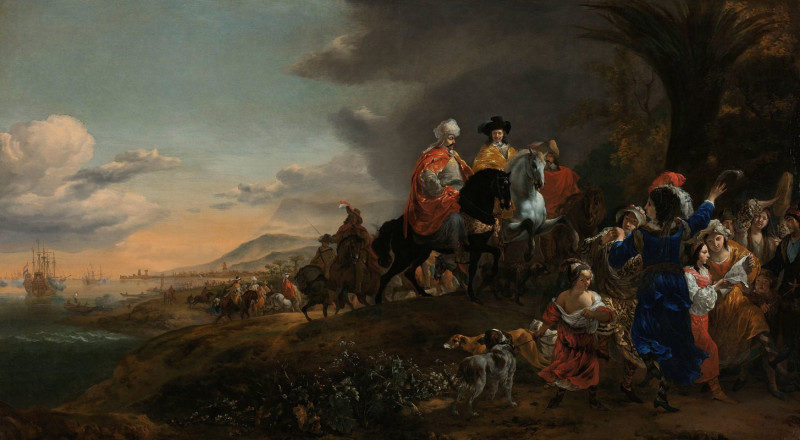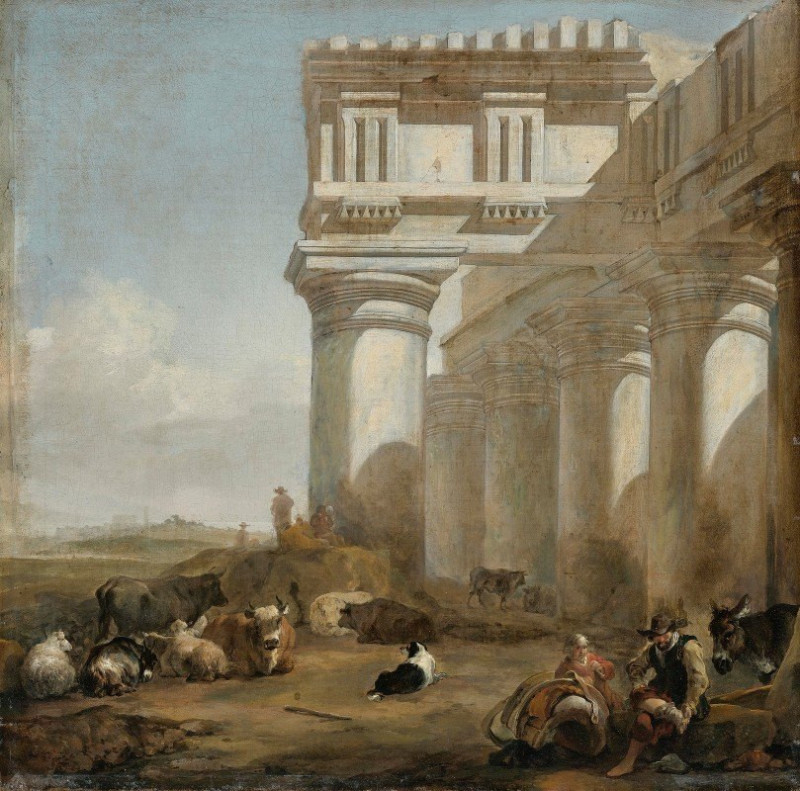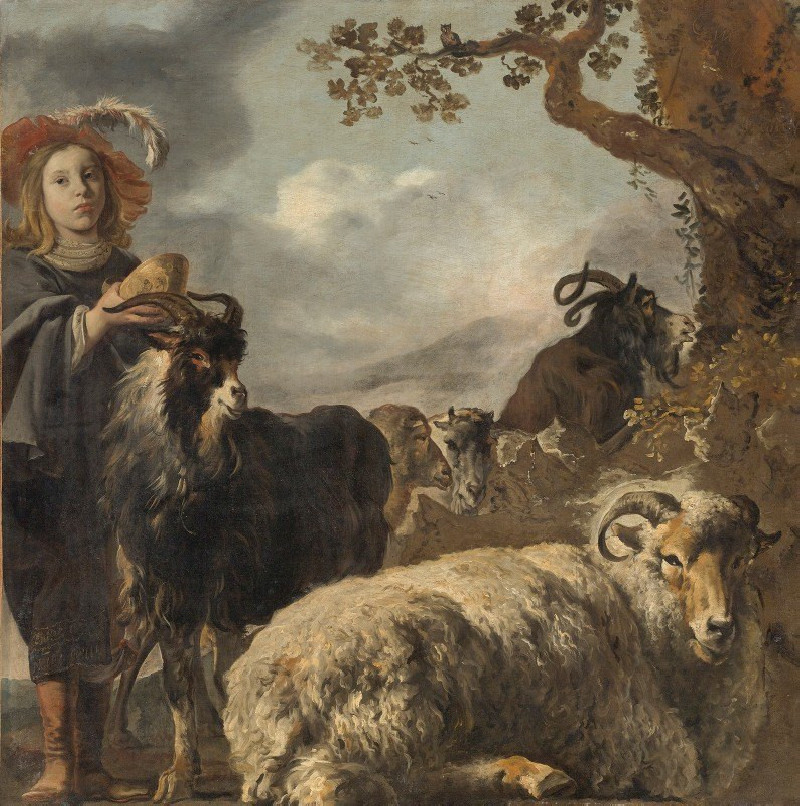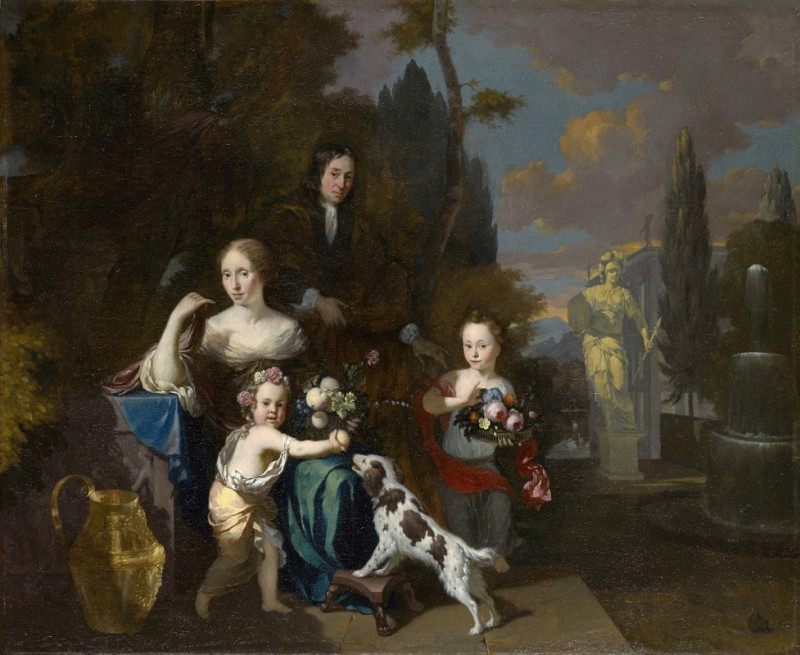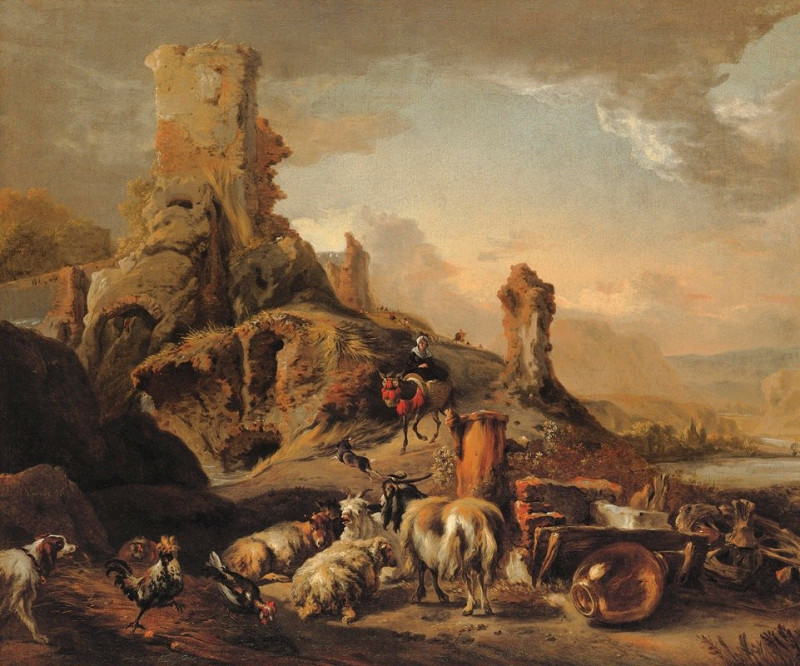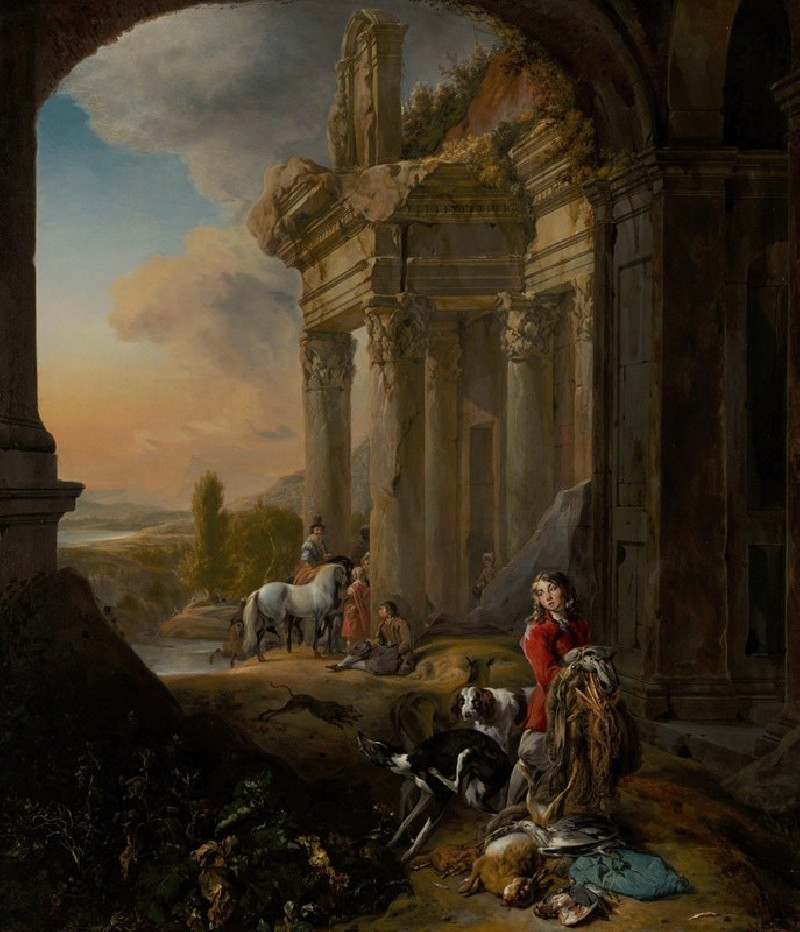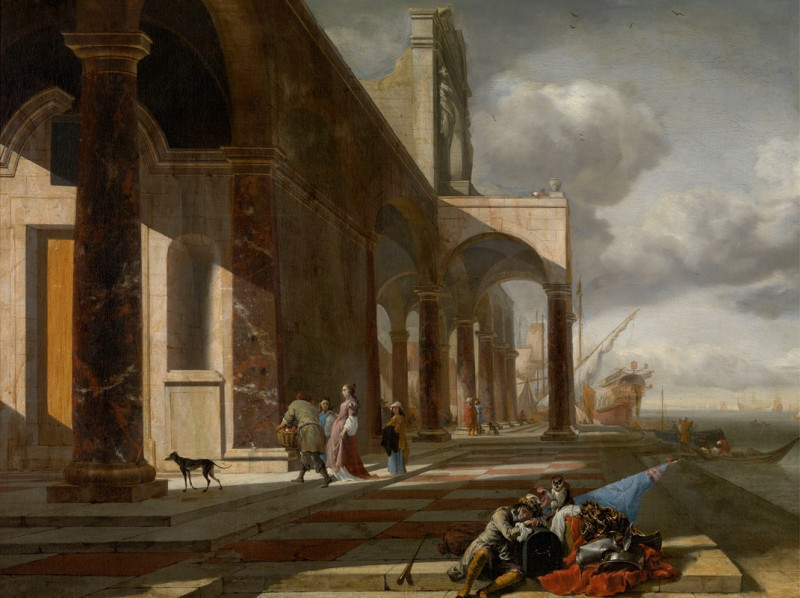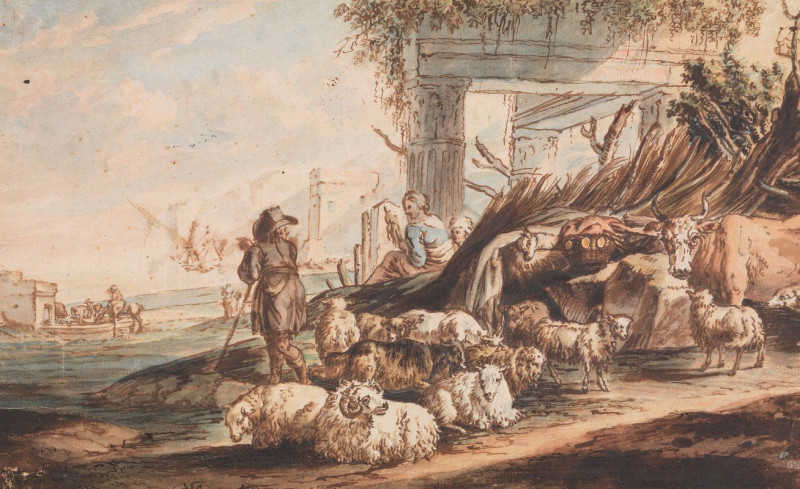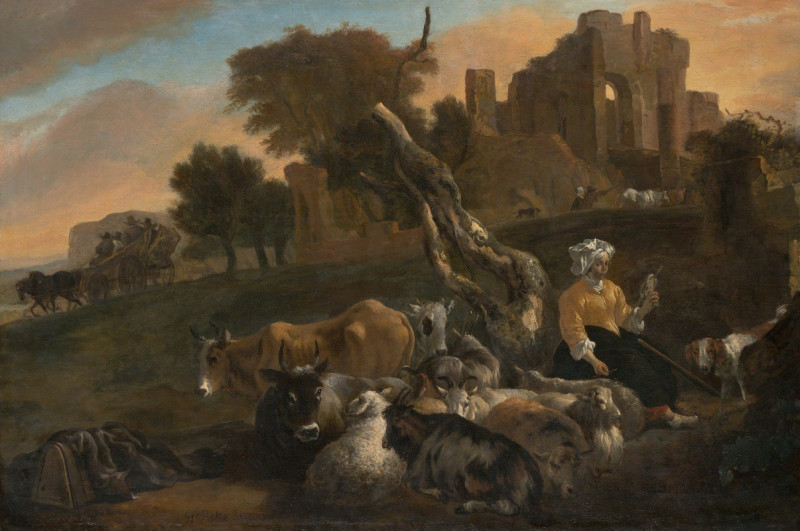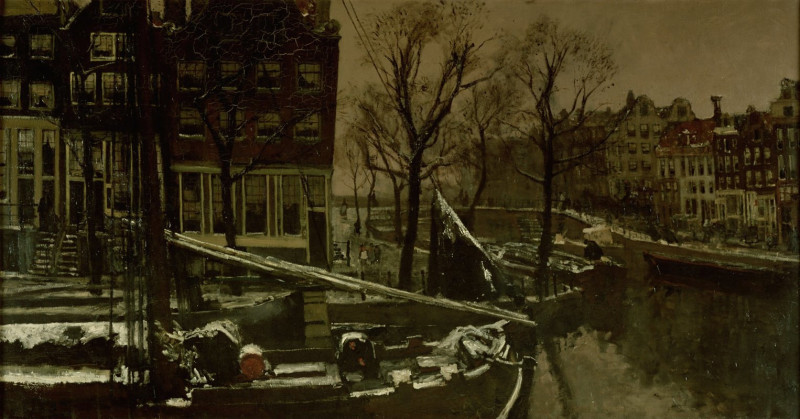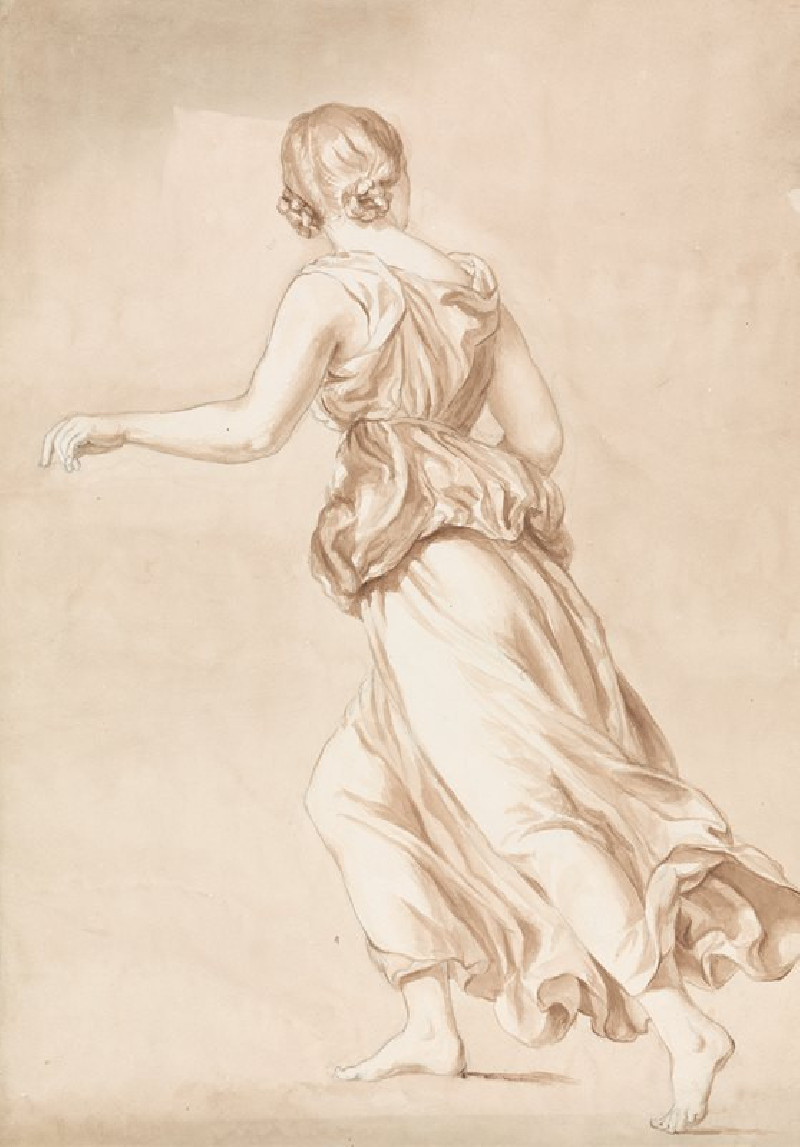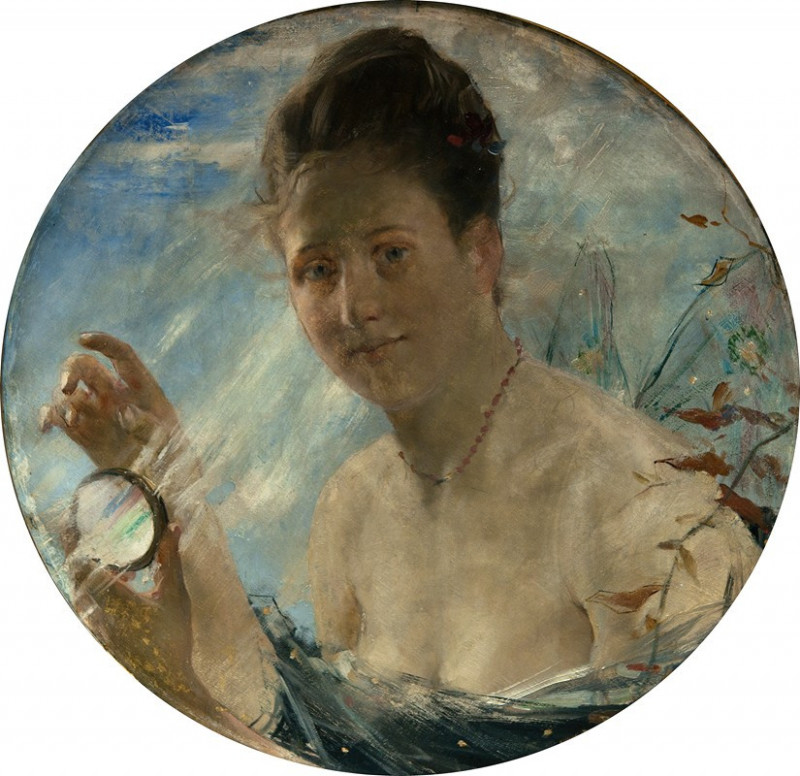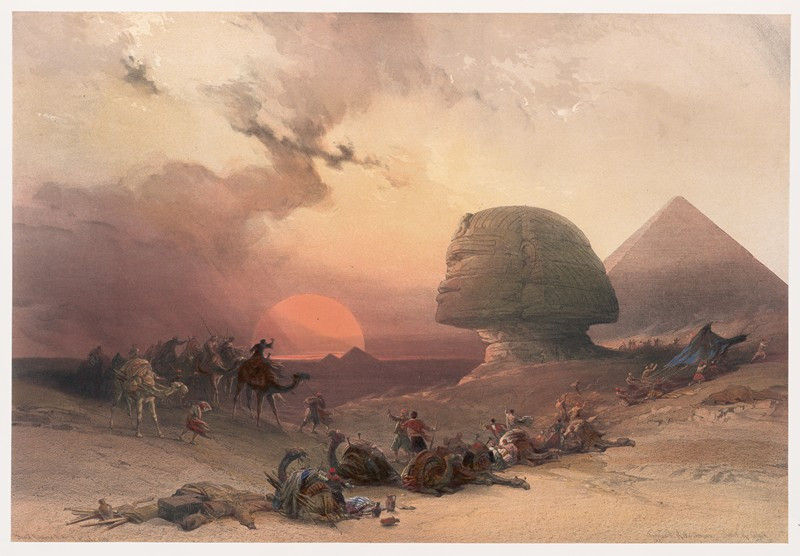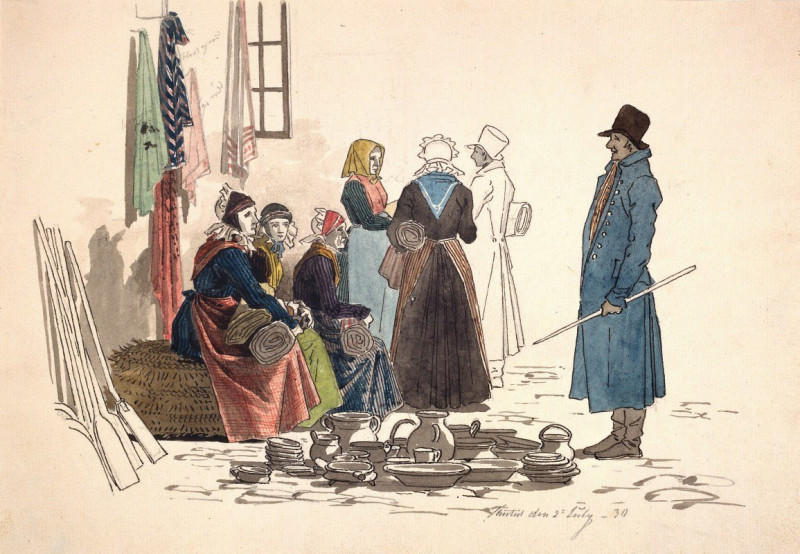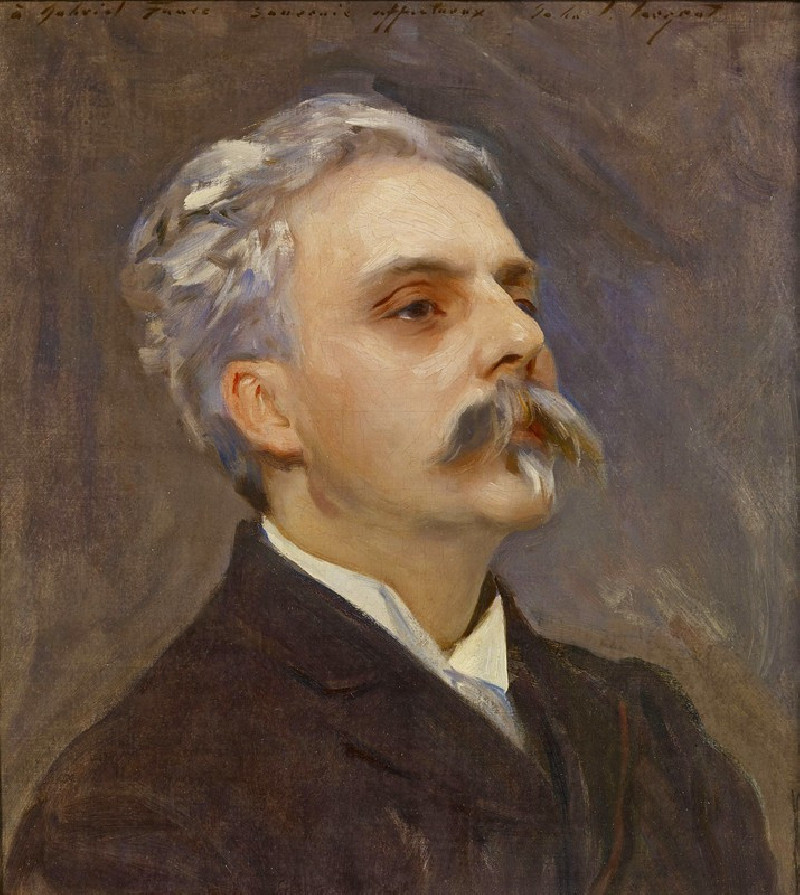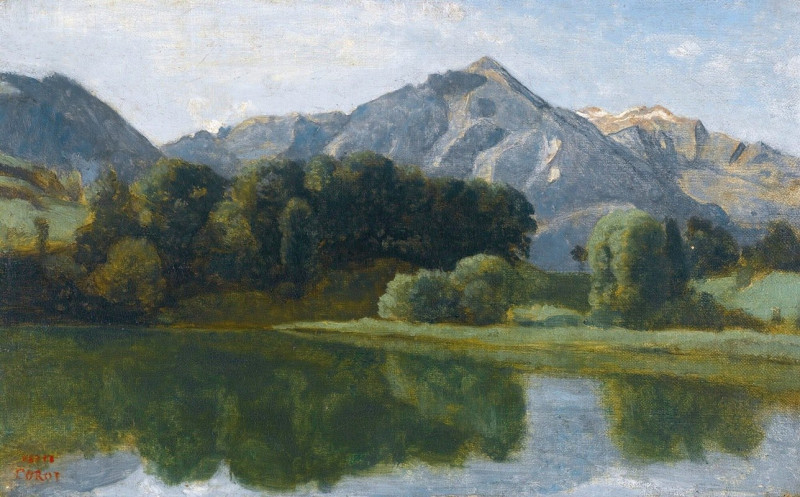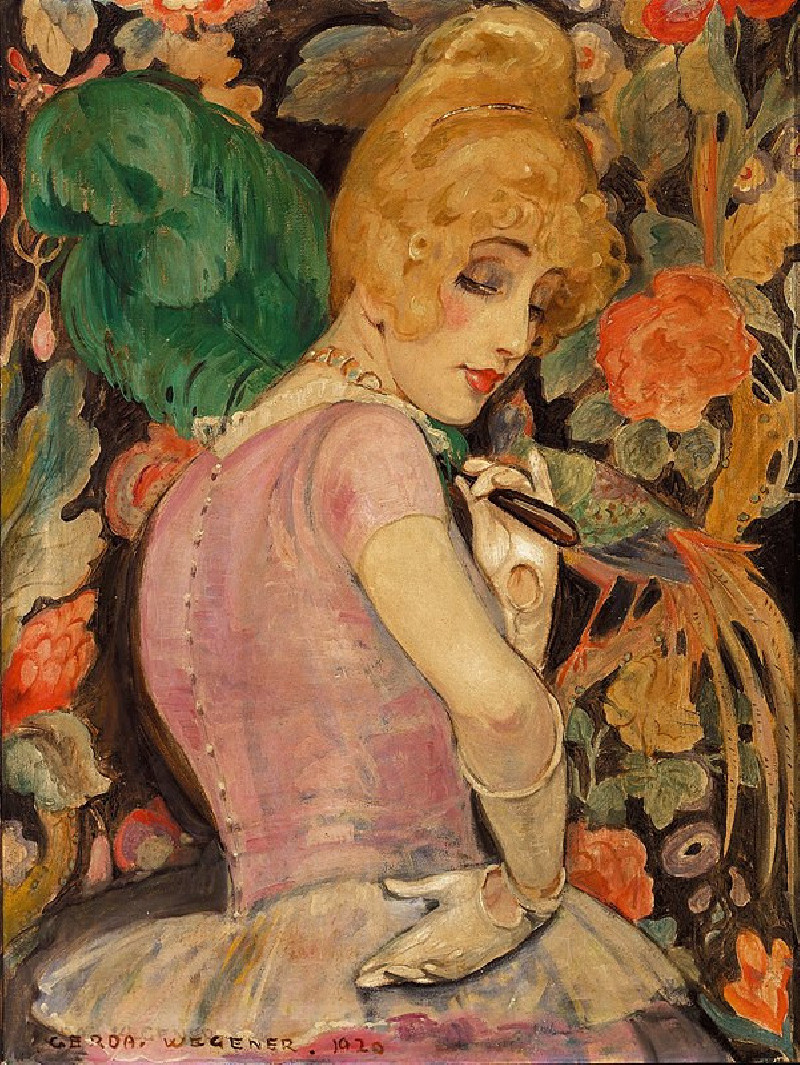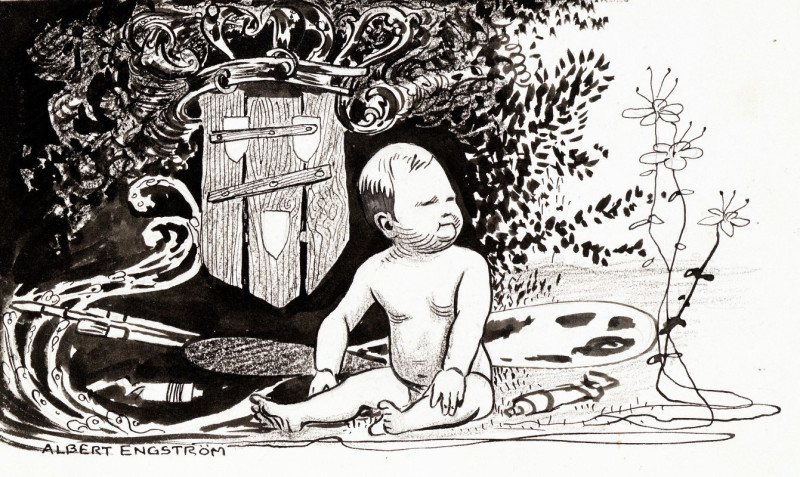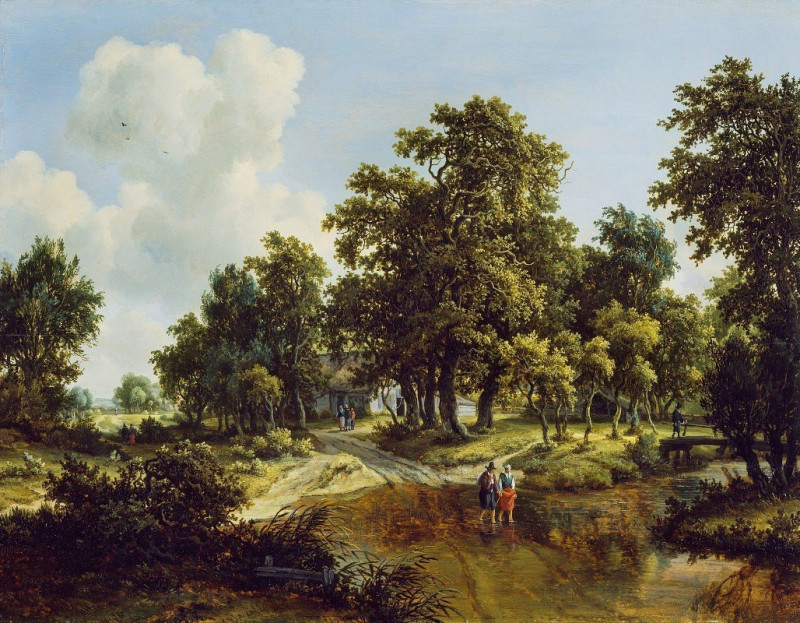A Coast Scene with Classical Ruins (1649)
Technique: Giclée quality print
Recommended by our customers
More about this artwork
We invite you to explore the captivating world of Jan Baptist Weenix's painting "A Coast Scene with Classical Ruins" from 1649. In this masterful artwork, Weenix presents a dynamic and vividly constructed scene that spans both land and sea, enveloping the viewer in a moment of both tranquility and dramatic action.At the forefront of this expansive composition, a group of elegantly dressed figures enjoys a serene moment amidst a backdrop of majestic classical ruins. These ruins evoke a sense of timeless grandeur, with towering columns and an ornate arch that draw the eye upward and contrast sharply with the lively human activity at their base.To the left, the scene bursts into motion with a rearing white horse surrounded by lively dogs and attentive handlers, infusing the scene with an element of energy and movement. This juxtaposition of calm leisure and dynamic motion creates a striking narrative contrast that is visually engaging.Further enhancing the depth of the scene is the distant seascape visible behind the ruins. Ships gently dot the horizon, suggesting commerce and travel that extend beyond the immediate tranquility into the wider world. The calm sea and bustling port subtly imply ongoing human endeavors and the passage of time.Weenix's use of light, shadow, and color masterfully highlights different elements of the painting, from the delicate fabrics of the figures' garments to the rugged textures of the stone ruins. Each detail invites the viewer to linger and explore the depths of this complex and beautifully rendered scene.As we appreciate "A Coast Scene with Classical Ruins," we are reminded of the artist's skill in capturing both the beauty of the natural world and the rich tapestry of human life.
Delivery
Returns
Jan Baptist Weenix, also spelled Jan Baptiste Weeninx was a painter of the Dutch Golden Age. Despite his relatively brief career, he was a very productive and versatile painter. His favourite subjects were Italian landscapes with large figures among ruins, seaside views, and, later in life, large still life pictures of dead game or dogs. He was mainly responsible for introducing the Italian harbour scene into Dutch art, in mid-size paintings with a group of figures in the foreground.


